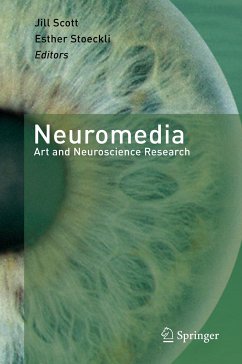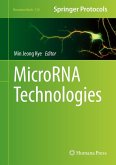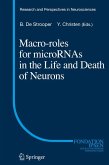Neuromedia is an innovative examination of shared territories in neurobiological anatomy, physiology and media art. It reveals how scientists investigate perception and behaviour at the molecular, cellular and systems level. It demonstrates how interpretative forms of media art can help to demystify these complexities for diverse audiences. Under the reflective headings of inspiration, construction, challenges and reactions, it offers deep insights into the processes of art and science production. Assisted by essays from a museum director and an art historian, Neuromedia provides the background for readers about an exhibition of the same name at KULTURAMA in Zurich (2012), and suggests an alternative approach to scientific communication.
Authors: Robert Atkins, Oliver Biehlmaier, Mitchel Paul Levesque, Stephan Neuhauss, Rolf Pfeifer, Claudia Rütsche, Jill Scott and Esther Stoeckli
Dieser Download kann aus rechtlichen Gründen nur mit Rechnungsadresse in A, B, BG, CY, CZ, D, DK, EW, E, FIN, F, GR, HR, H, IRL, I, LT, L, LR, M, NL, PL, P, R, S, SLO, SK ausgeliefert werden.









